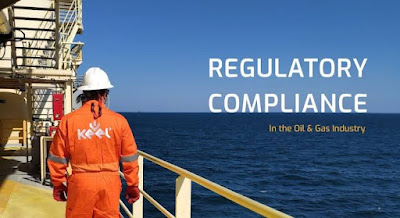Hazardous Gas Monitoring
Utilizing advanced g
as detection systems to continuously monitor and promptly detect any leaks of potentially hazardous gases in the oil and gas facilities.Safety is paramount in oil and gas facilities, and the implementation of advanced gas detection systems plays a pivotal role in ensuring a secure working environment. These systems are designed to continuously monitor the air for any signs of potentially hazardous gases, providing an early warning mechanism that allows for prompt response to leaks or other incidents.
The heart of this safety initiative lies in the sophisticated gas detection technology employed within these systems. These sensors are capable of detecting a wide range of hazardous gases, including but not limited to methane, hydrogen sulfide, and volatile organic compounds. The real-time monitoring capability ensures that any deviation from acceptable gas levels triggers immediate alerts, enabling swift action to mitigate risks.
One key aspect of these gas detection systems is their ability to cover large areas within oil and gas facilities. This comprehensive coverage is essential as leaks can occur in various locations, and a localized monitoring approach may not provide the necessary protection. The interconnected network of sensors creates a robust safety net, ensuring that potential hazards are identified promptly, regardless of their location within the facility.
Continuous monitoring is not only about detection but also involves data logging and analysis. The gathered data allows for trend analysis and helps in identifying patterns that could indicate potential issues. This proactive approach enhances predictive maintenance efforts, reducing the likelihood of unexpected gas-related incidents. Moreover, the historical data can be invaluable in post-incident investigations, aiding in understanding the root causes and implementing preventive measures.
Integration with control systems further enhances the efficacy of gas detection systems. In the event of a detected gas leak, an automatic response can be triggered, such as shutting down specific sections of the facility or activating emergency ventilation systems. This integration minimizes the reliance on human intervention, reducing response times and mitigating potential human errors during emergency situations.
Regular calibration and maintenance are crucial to the reliability of gas detection systems. Periodic checks ensure that the sensors remain accurate and responsive, providing a trustworthy safety net for facility personnel. Additionally, employee training on the proper response procedures in case of a gas leak is essential to the overall effectiveness of the safety program.
Compliance with safety standards and regulations is non-negotiable in the oil and gas industry. Implementing state-of-the-art gas detection systems demonstrates a commitment to maintaining a safe working environment, meeting regulatory requirements, and safeguarding both personnel and assets. Regular audits and inspections validate the functionality of these systems, ensuring that they remain at the forefront of safety protocols.
In conclusion, the utilization of advanced gas detection systems in oil and gas facilities is a proactive and indispensable safety measure. The continuous monitoring, early detection, and swift response capabilities contribute significantly to creating a secure environment. As technology evolves, ongoing investments in these safety systems underscore the industry's dedication to protecting its workforce and assets, setting new benchmarks for safety excellence in hazardous environments.




Comments
Post a Comment